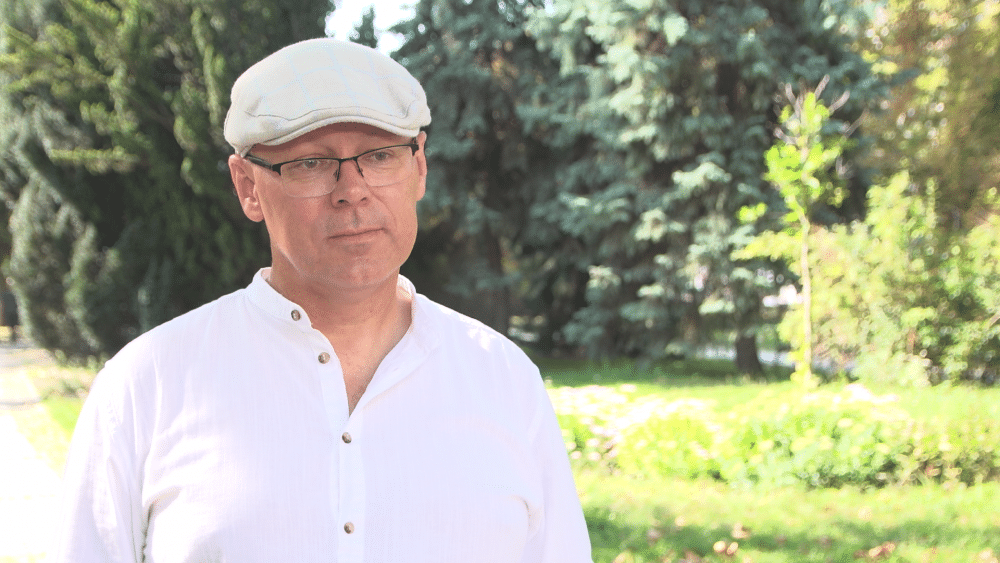In Poland, 13 provinces are struggling with agricultural drought, which has already caused significant losses in crops. It is estimated that in some regions farmers can expect harvests to decrease by as much as 20 percent, with the worst situation being observed in the Mazovian Lowland, Podlasie Lowland, and Polesie. However, the increasing frequency and scale of drought are becoming a more pressing problem for the entire country, occurring almost every year. This issue is primarily caused by climate change, which is characterized by an increase in average air temperature and a change in rainfall patterns. The situation is worsened by inadequate water retention and the fact that Poland is already water-poor.
“Taking into account the index of unit water resources, in Poland we have water resources similar to countries like the Czech Republic or Belgium, but much smaller than countries further north, such as Norway,” Dr. Jarosław Suchożebrski, a hydrologist from the Department of Hydrology at the Faculty of Geography and Regional Studies of the University of Warsaw, tells the Newseria Business agency.
Poland is one of the EU countries with the smallest drinking water resources. In Europe, the average amount of water per inhabitant is about 5,000 m³ per year. In Poland, this amount is almost three times lower and amounts to about 1,600 m³ of water, but during drought periods, it falls to about 1,100 m³, much below the threshold of so-called water stress.
“Currently, in some regions of our country, we are dealing with all types of droughts, because it has not been raining for quite a long time, you can see the drought in the fields, small rivers are drying up and the level of groundwater has decreased,” says Dr. Jarosław Suchożebrski.
Currently, 13 provinces in Poland are battling agricultural drought, which has already caused serious damage to crops. According to the latest forecast prepared by the Institute of Soil Science and Plant Cultivation – State Research Institute (IUNG-PIB), from June 21st to August 20th this year, the average value of the climatic water balance for the country was negative and amounted to -79 mm. Data also indicates that regions most affected by drought are the Mazovian Lowland, Podlasie Lowland, and Polesie, where water shortage was much higher, ranging from -160 to -219 mm. Cause of the drought in these cases were lower rainfall which in June in Warmia and Masuria were 60 to 100 percent of the norm, and in July in Mazovia and Wielkopolska – only 50-90 percent of the multi-year norm.
“What we could do most simply and quickly to improve the situation is to retain water and simply save it,” says the expert. “While we might take it for granted that water should be used sparingly at times when its supply becomes scarce, we should be storing it at times when we have an excess. Yet, large retention reservoirs, which are usually associated with water storage, are not the best solution because if the temperature is high, the water simply heats up and evaporates. If we add the fact that our rivers are polluted, the water in these reservoirs loses its utility value and the quality deteriorates.”
As the expert points out, despite the shrinking resources, Poland is not currently at risk of prolonged water shortages, though there are periods when it is necessary to limit its use. The phenomenon of drought, however, is becoming more common, appearing almost every year.
“The simplest thing would be to simply let the water stay in the landscape – at moments when there is too much, let it spread over the wetlands, replenish small, natural water bodies, seep into the soil, because the best water store is underground water. Especially since this water, seeping into the groundwater, simply cleans itself. It is the best reservoir and the best source of drinking water,” emphasizes Dr. Jarosław Suchożebrski.
